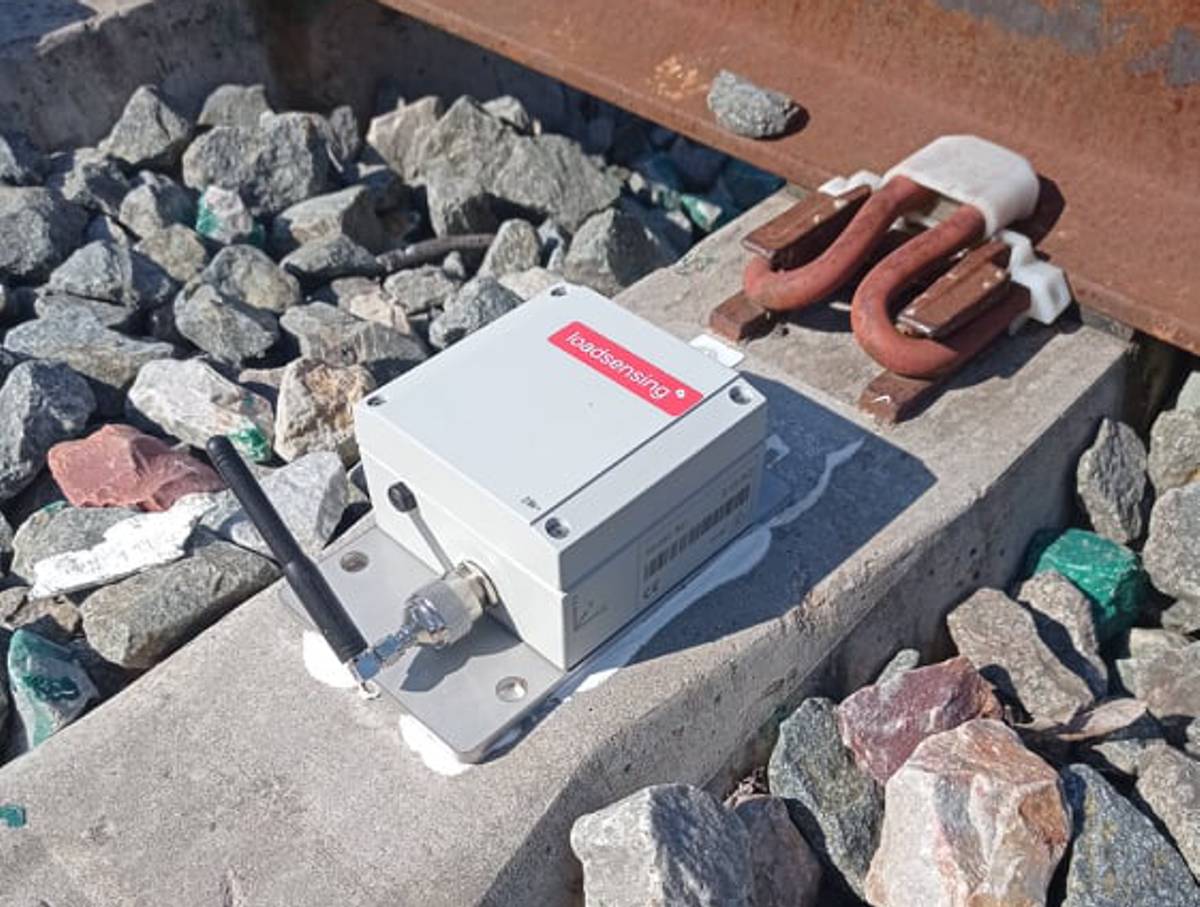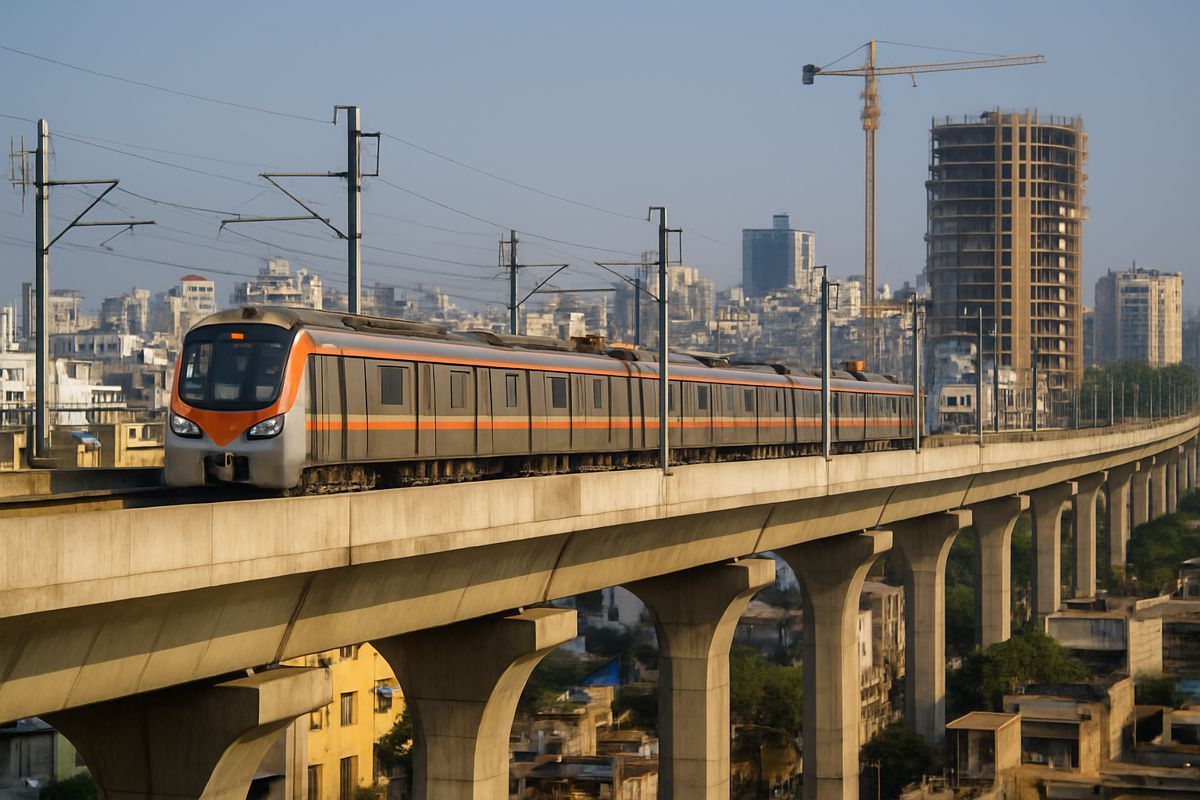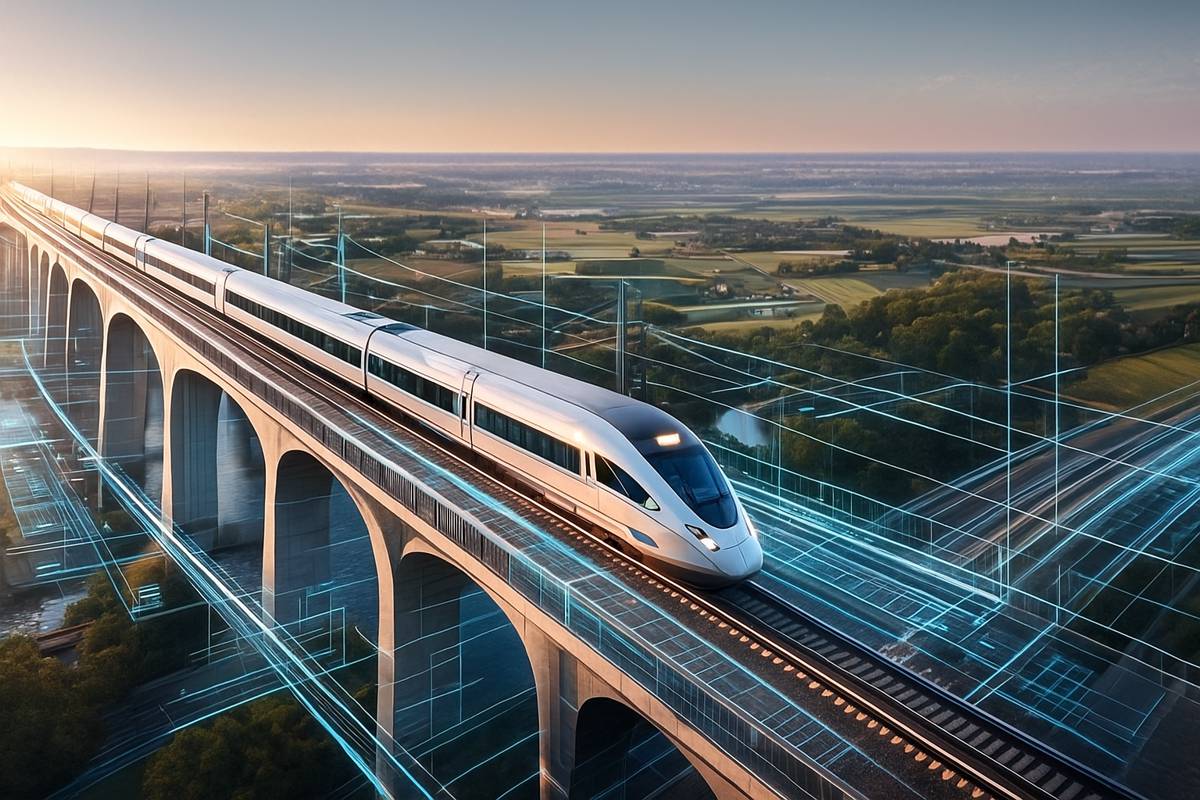Europe’s leading rail operators adopting IoT remote monitoring technology
Worldsensing today confirmed mounting interest in its technology for rail infrastructure monitoring, with major European network operators currently evaluating and deploying the technology.
SNCF’s rail network management arm SNCF Réseau this month confirmed it had obtained positive assessment results for Worldsensing’s tiltmeter device range, Tilt90, and the company’s on-premise connectivity management software, CMT Edge, paving the way for the technology to be used in track condition monitoring in France.
“The tests went well, and the results are more than convincing,” said Théotime Fragnol, SNCF Réseau Survey Engineer, after the Worldsensing equipment achieved a 99% usable data transmission rate under test conditions.
“Sensors can be installed on the track quickly and easily, so we don’t have to spend much time on site. The same goes for the communication gateway, which takes up little space and is easy to install,” Fragnol added.

The results should allow Worldsensing technology to be used across the whole of France’s state-owned railway system.
SNCF Réseau is one of several European rail infrastructure operators evaluating Worldsensing products and systems for track monitoring, following extensive deployment of the technology in specific projects across Europe.
Some examples include the Hieflauer Tunnel in Austria, HS1 and Crossrail in the UK, the U5 Metro Line in Germany, Roslagsbanan Railway in Sweden, Grand Paris Metro in France, Fornebu Metro in Norway and the Eppenburg Tunnel in Switzerland, among others.
In addition to SNCF, in Spain the railway infrastructure operators Administrador de Infraestructuras Ferroviarias (Adif), Ferrocarrils de la Generalitat de Catalunya (FGC) and Transports Metropolitans de Barcelona (TMB) are validating and adopting Worldsensing devices and networks to monitor rail track conditions as well as geotechnical influencers on track stability such as slopes or retaining walls along the tracks.

Adif is evaluating the value of Worldsensing devices with CMT Cloud, the cloud-based software to manage the connectivity of the monitoring networks. “COMSA, Adif’s maintenance operator, uses Worldsensing equipment to monitor potential failures of the railway related to possible defects in the general track such as loss of cant in curves and turnouts like structural integrity and warps, stability of sleepers and ballast,” says Toni Galindo, COMSA Rail Project Manager.
FGC, meanwhile, is looking into the use of CMT Cloud with crack meters and environmental sensors for rock fall detection, subsoil monitoring and measuring track parameters such as cant, twist and height variation. “The equipment provided by Worldsensing allows an improvement in predictive maintenance systems, taking advantage of the benefits of digital transformation. It also helps to digitize FGC’s internal processes to improve the service and management of the railway infrastructure,” said Josep Carles Terés, Head of Innovation at FGC.
Finally, TMB is investigating whether Worldsensing devices and CMT Edge could help make sure the reverberations caused by trains on nearby buildings are within regulated limits.

Ideal technology for remote rail monitoring
“Worldsensing is already recognized as a leader in product quality within the wider infrastructure monitoring community,” said Andy Frost, Worldsensing’s Chief Product and Marketing Officer.
“This interest in Worldsensing technology for rail applications demonstrates how we are rapidly emerging as a preferred and trusted rail monitoring provider for Spain and France. The industry needs robust devices and reliable connectivity because of the exposed, vibration-prone nature of the railway environment.”
Another advantage of Worldsensing technology for rail applications is that it uses long-range, low-power communication, so battery-operated monitoring devices can be deployed across large areas and left in the field for long periods of time without needing maintenance.

Furthermore, “Our CMT connectivity management tool enables rail operators to manage a wide network of devices and gather reliable and near-real-time data,” said Ignasi Garcia-Milà Vidal, Innovation Project Manager at Worldsensing.
“Our tool can be integrated with proprietary and third-party software for further analysis and visualization, allowing rail operators to respond quickly to changes in the track and its surrounding infrastructure.”





















